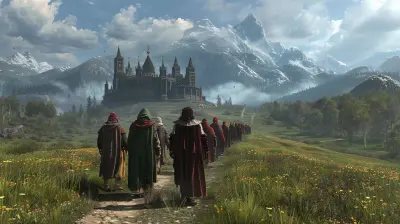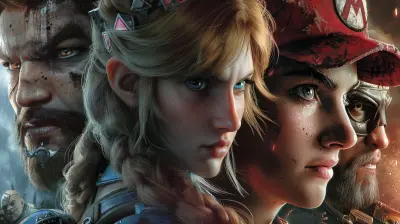Mystical Creatures and Their Origins in Game Stories
9 September 2025
Ever ran into a fire-breathing dragon halfway through a dungeon raid and thought, “Where did this monster even come from?” You’re not alone. Mystical creatures have become the lifeblood of fantasy games. They add danger, depth, and drama to every quest line. But behind each fire-spewing beast, shadowy wraith, and majestic unicorn is a myth or legend that inspired their pixelated selves.
Let’s take a deep dive into the fascinating world of mystical creatures and their origins in game stories. From ancient folklore to modern reimaginations, it’s time to uncover the real legends behind your favorite game monsters.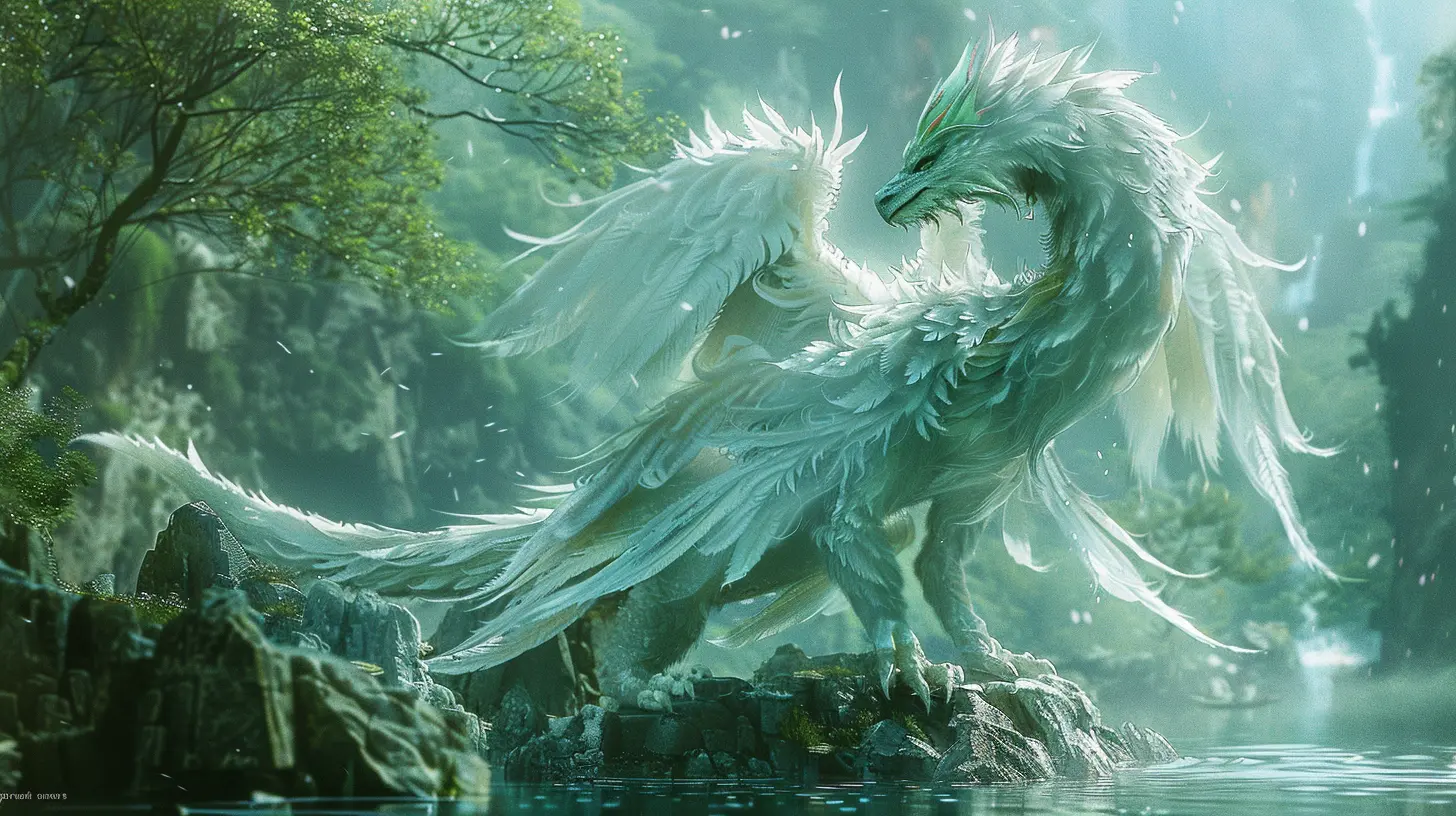
Why We Love Mystical Creatures in Games
Seriously, what’s a fantasy RPG without a few mythical beasts to slay or befriend? Mystical creatures do more than just fill space in a game world. They spark imagination, they challenge us, and let’s be honest—they’re just plain cool.Whether you’re riding a gryphon across the sky or summoning a phoenix for a damage boost, these creatures make game worlds feel alive. They add mystery, power, and unpredictability that keep us coming back for more.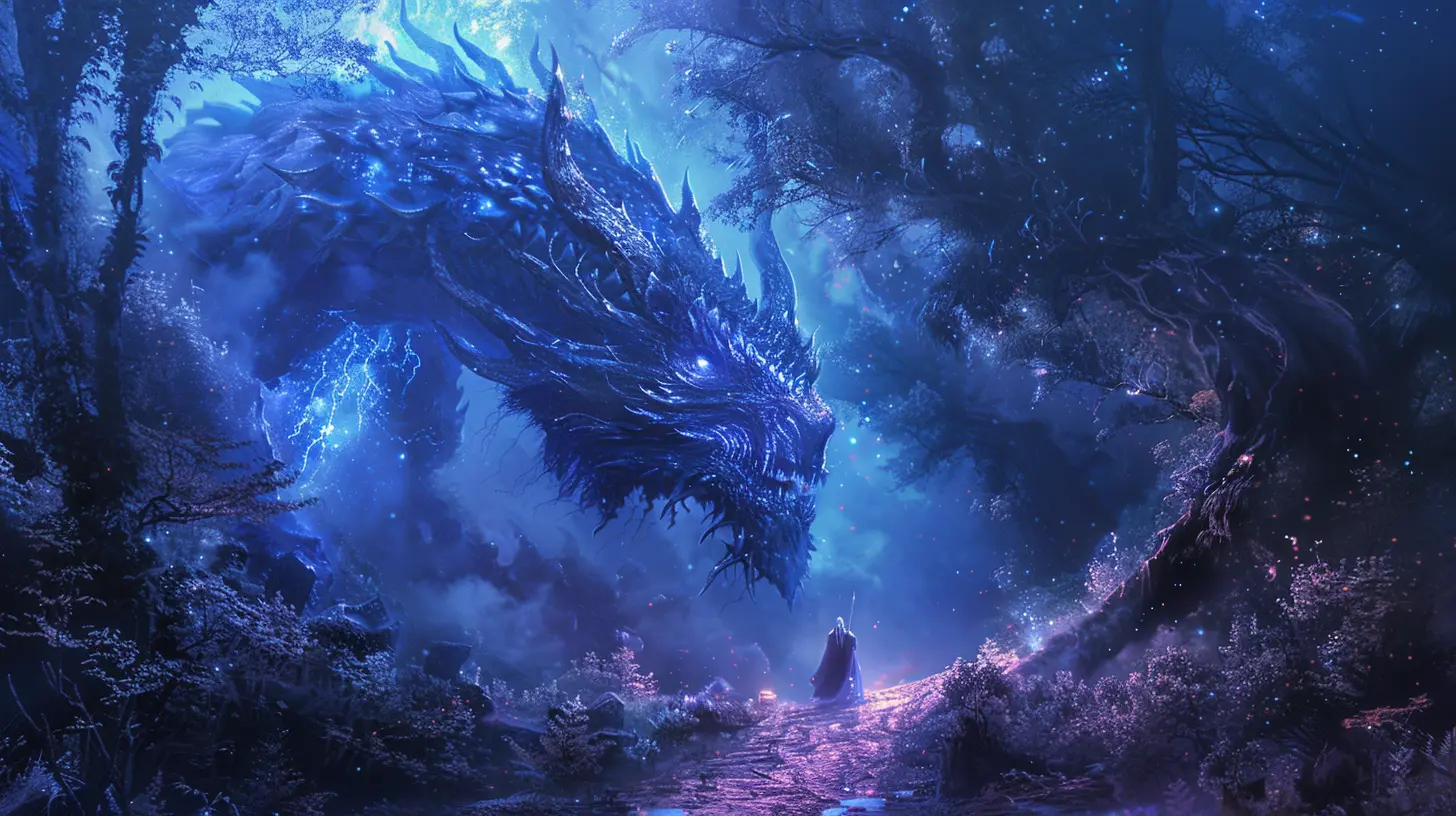
From Folklore to Fantasy: How Legends Inspire Game Worlds
Ever notice how familiar some of these creatures feel? That’s because many of them are straight out of history books and folklore scrolls. Game developers love tapping into centuries-old myths when creating rich, fantastical storylines.Let’s break some of them down, shall we?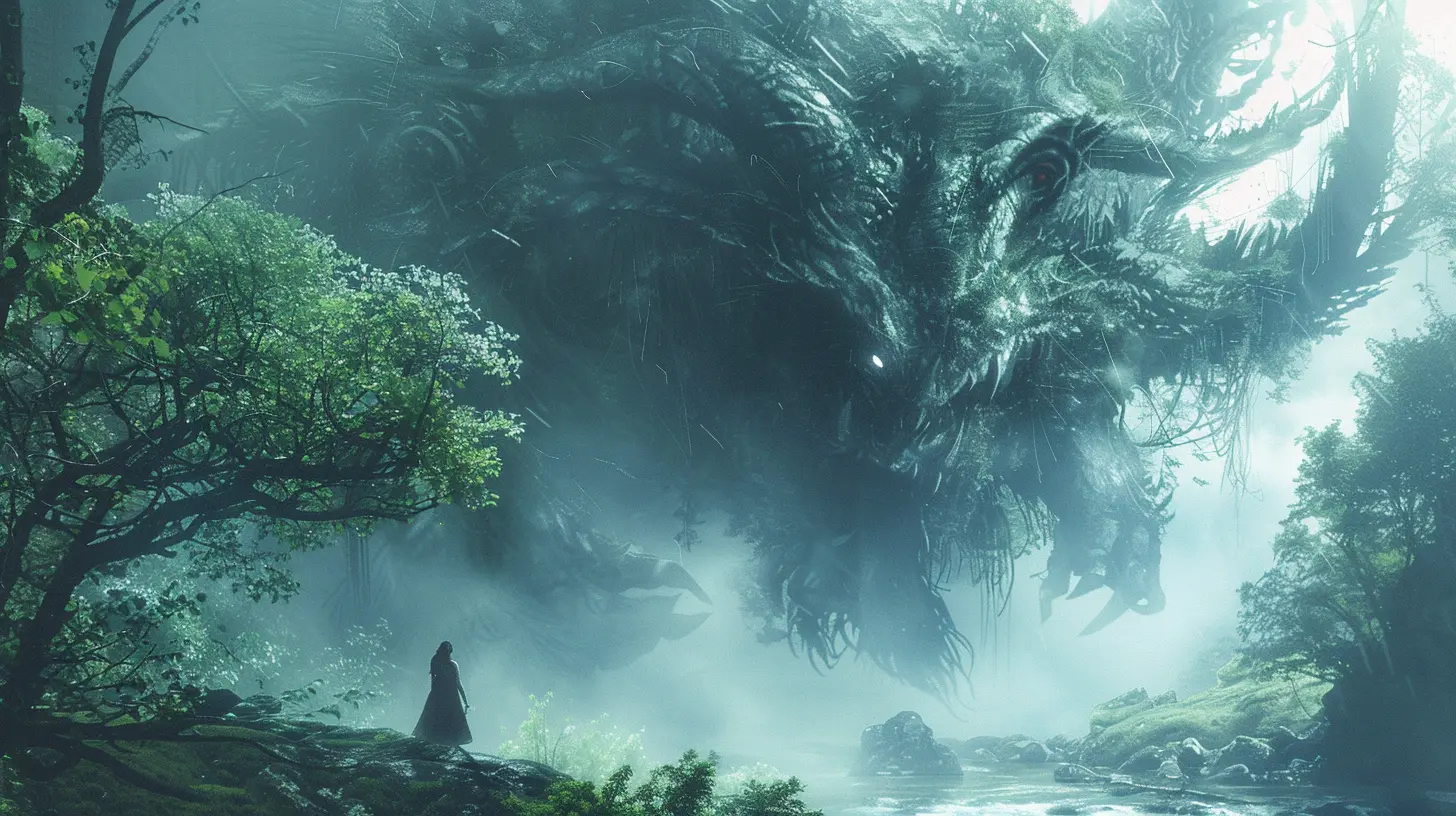
Dragons – The Ultimate Boss Battle
Dragons are the rock stars of mythical gaming creatures. Whether you're grinding in Skyrim, burning everything in Elden Ring, or admiring the elegance of Spyro, dragons are everywhere.Origins in Myth:
These beasts date back to ancient cultures: Chinese dragons bring prosperity and wisdom, while European dragons were often depicted as greedy hoarders of gold—your classic end-of-the-dungeon boss.In Western mythology, dragons were usually bad news. Think St. George slaying the dragon. But in Asian cultures? Total opposite. They’re wise, noble, and kind of like the Gandalf of the creature kingdom.
Why They Work in Games:
They’re versatile! Dragons can be terrifying enemies, wise allies, or even playable characters. Plus, breathing fire never gets old.
Phoenix – The Bird of Fire and Rebirth
You’ve probably seen a phoenix revive your party or put up one heck of an AOE attack. This flaming bird is more than just a flashy creature—it’s a symbol of hope and new beginnings.Mythological Roots:
The phoenix originated in ancient Egyptian and Greek myths. It’s said to live for 500 years before burning itself to ash and resurrecting from its own flames. Kind of the ultimate comeback story, right?In Gaming:
In games like Final Fantasy and World of Warcraft, phoenixes are often tied to healing and resurrection abilities. They’re also visually stunning, and let's face it—they make epic mounts.Unicorns – The Glittering Guardians
Ah, the unicorn. Graceful. Beautiful. Sometimes deadly. They’ve gone from fairy tale fodder to fantastic beasts that command respect in the gaming world.The Legend Behind the Magic:
In medieval lore, unicorns were elusive and could only be tamed by pure maidens. Wild right? They often represented purity and innocence. But hey, game developers decided to spice things up a bit.Game Appearances:
In The Witcher 3, unicorns have some... let’s say, interesting uses (if you know, you know). And in Assassin’s Creed: Odyssey, you can ride one into battle—complete with sparkly hooves.Yep, the unicorn has come a long way from children’s storybooks.
Elves and Fairies – More Than Just Pretty Faces
Let’s not forget our humanoid mystical friends. Elves and fairies have roots stretching back to Celtic and Norse mythology. They were once seen as both mischievous and dangerous.Where They Came From:
In early folklore, fairies weren’t the sweet, winged pixie-dust carriers we know today. Some were tricksters, some were downright evil, and a few might have stolen your baby and replaced it with a changeling. Yep, dark stuff.Game Interpretations:
Games like Dragon Age, Elder Scrolls, and Zelda feature elves and fairies in a variety of forms—wise ranger-type elves, magical healers, playful sidekicks. They’re usually tied to nature or magic and play crucial roles in storylines.Griffins – The Hybrid Heroes
Half-eagle, half-lion, all awesome. Griffins are majestic and fierce. A common symbol of divine power in ancient art, these creatures are both regal and terrifying.Myth Origins:
Griffins were first seen in ancient Persian and Greek mythology, guarding treasure and sacred places. They were often seen as protectors, kind of like mythological watchdogs with wings.Gaming Awesomeness:
In games like The Witcher 3, griffins are intense boss fights. You don’t just run up to one of these hybrids swinging a sword. It takes strategy, patience, and a few potions.Their sheer power and elegance make them perfect for epic boss encounters or noble allies.
Werewolves – Cursed and Complicated
Werewolves bring a gritty, emotional depth to game narratives. They're not just about savagery—they’re about identity, control, and transformation.Origin Story:
Werewolf legends started in European folklore, usually revolving around cursed humans who transform during a full moon. These stories often reflect the duality of human nature—man vs. beast.In Gaming:
Games like The Elder Scrolls V: Skyrim let players become werewolves, adding a whole new layer of gameplay. Other titles, like The Witcher series, explore the tragic outcomes of lycanthropy.Werewolves walk the line between human and monster, giving players rich, morally gray storylines.
Chimera – The Ultimate Mash-Up
The chimera is like that one friend who throws together every topping at the frozen yogurt bar. A lion’s head, a goat’s body, and a serpent's tail? Sure, why not.Historical Origins:
This monster hails from Greek mythology, known for terrorizing the countryside and being nearly impossible to kill. It’s a Frankenstein-like being that represents chaos.Game Appearances:
Dark Souls, Final Fantasy, Dragon’s Dogma—all feature some version of the chimera. These creatures are usually boss-tier and require serious strategy to beat.They symbolize unpredictability and overwhelming power. You never know which part of them is going to hit you next.
Nagas – Serpent Guardians of the Deep
Part human, part snake, and totally intimidating. Nagas come from Hindu and Buddhist mythology and are deeply spiritual beings.Ancient Roots:
In Hindu legends, Nagas are divine or semi-divine creatures who guard treasures and sacred places, often living underwater or in hidden realms.In Games:
You’ve probably encountered Nagas in World of Warcraft or Tomb Raider. They typically guard ancient secrets, ruins, or cursed magic items. They can be both terrifying and wise, depending on the game.Their blend of beauty and menace makes them perfect for mysterious story arcs.
Golems – Magic's Mightiest Servants
These big boys are all about brute force and loyalty. Golems are creatures made from inanimate materials—stone, clay, or iron—and brought to life by magic.Origin Story:
Golems originate from Jewish folklore, especially the tale of the Golem of Prague, a creature created to protect the persecuted. It’s a story of hope, faith, and unintended consequences.Video Game Realizations:
From Minecraft's Iron Golem to The Legend of Zelda's temple guardians, golems are everywhere. Their power lies in their simplicity—they’re not flashy, but they pack a punch.They're often used to protect ancient civilizations or powerful artifacts.
The Evolution of Myth in Modern Game Development
Game developers today go beyond simple monster encounters. Mystical creatures now have backstories, personalities, cultures—even moral dilemmas.Take The Witcher series, for example. It doesn’t just throw monsters at you. It gives you context—why the creature is there, what it wants, and whether it even deserves to be slain.
Or consider Horizon Zero Dawn, which blends futuristic tech with myth-like robotic creatures inspired by real-world animals and folklore. It's a beautiful mash-up of old and new.
Why These Creatures Still Matter
Mystical creatures stick with us because they tap into something primal. They’re part cautionary tale, part fantasy fuel. They allow us to face fears, embrace wonder, and stretch the limits of our imagination.In games, they’re not just filler—they're catalysts for storytelling. They challenge us to think, feel, and act. And let's be honest—taking down a dragon with a level 50 fireball just feels epic.
Final Thoughts
Mystical creatures aren’t just cool additions to game maps. They’re storytellers. They're windows to ancient myths and mirrors to ourselves. Whether inspired by ancient dragons, cursed wolves, or firebirds rising from ash, these creatures make our gaming experiences richer, deeper, and unforgettable.So next time you take on a mythical beast or team up with a magical creature in your favorite game, take a moment. Think about where they came from—and how game developers turned myths into magic.
And maybe—just maybe—you’ll feel a little more connected to the lore-laced tapestry that makes gaming such an unforgettable adventure.
all images in this post were generated using AI tools
Category:
Game LoreAuthor:

Luke Baker
Discussion
rate this article
1 comments
Deborah Bass
Unleash your imagination—mystical creatures await to inspire your gaming adventures!
September 9, 2025 at 2:30 AM

Luke Baker
Thank you! Mystical creatures truly spark creativity and enrich our gaming narratives. Can't wait to see where your imagination takes you!
